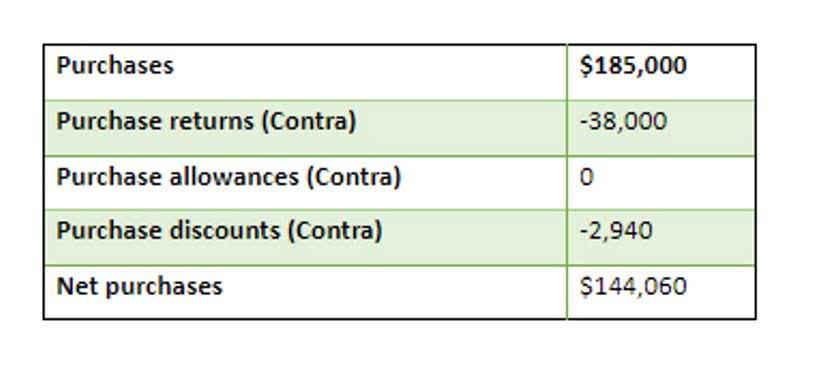If a company keeps accurate records using the double-entry system, the accounting equation will always be “in balance,” meaning the left side of the equation will be equal to the right side. The balance is maintained because every business transaction affects at least two of a company’s accounts. For example, when a company borrows money from a bank, the company’s assets will increase and its liabilities will increase by the same amount. When a company purchases inventory for cash, one asset will increase and one asset will decrease.
Expanded Accounting Equation Formula
Ted is an entrepreneur who wants to start a company selling speakers for car stereo systems. After saving up money for a year, Ted decides it is time to officially start his business. He forms Speakers, Inc. and contributes $100,000 to the company in exchange for all of its newly issued shares. This business transaction increases company cash and increases equity by the same amount. As you can see, assets equal the sum of liabilities and owner’s equity. This makes sense when you think about it because liabilities and equity are essentially just sources of funding for companies to purchase assets.

Example Transaction #3: Purchase of Supplies on Credit
Receivables arise when a company provides a service or sells a product to someone on credit. For example, if a company becomes bankrupt, its assets are sold and these funds are used to settle its debts first. Only after debts are settled are shareholders entitled to any of the company’s assets to attempt to recover their investment.
What Are the 3 Elements of the Accounting Equation?

This equation should be supported by the information on a company’s balance sheet. The Accounting Equation is the foundation of double-entry accounting because it displays that all assets are financed by borrowing money or paying with the money of the business’s shareholders. Like any mathematical equation, the accounting equation can be rearranged and expressed in terms of liabilities or owner’s equity instead of assets. Before explaining what this means and why the accounting equation should always balance, let’s review the meaning of the terms assets, liabilities, and owners’ equity.

These may include loans, accounts payable, mortgages, deferred revenues, bond issues, warranties, and accrued expenses. The accounting equation is also called the basic accounting equation or the balance sheet equation. Notice that every transaction results in an equal effect to assets and liabilities plus capital. The inventory (asset) of the business will increase by the $2,500 cost of the inventory and a trade payable (liability) will be recorded to represent the amount now owed to the supplier. The accounting equation states that the amount of assets must be equal to liabilities plus shareholder or owner equity.
Want More Helpful Articles About Running a Business?

For example, if a company buys a $1,000 piece of equipment on credit, that $1,000 is an increase in liabilities (the company must pay it back) but also an increase in assets. When the total assets of a business increase, then its total liabilities or owner’s equity also increase. An accounting transaction is a business activity or event that causes a measurable change in the accounting equation. Merely https://www.bookstime.com/articles/sole-trader-bookkeeping placing an order for goods is not a recordable transaction because no exchange has taken place. In the coming sections, you will learn more about the different kinds of financial statements accountants generate for businesses. Since the balance sheet is founded on the principles of the accounting equation, this equation can also be said to be responsible for estimating the net worth of an entire company.
Accounting Equation Formula

For example, ABC Co. started the company on 02 January 2020 by injecting cash into the business of $50,000. The $30,000 came from its owner and $20,000 came from the borrowing from the bank. Drawings are amounts taken out of the business by the business owner. Unearned revenue from the money you basic accounting equation have yet to receive for services or products that you have not yet delivered is considered a liability. Metro Corporation earned a total of $10,000 in service revenue from clients who will pay in 30 days. Metro issued a check to Office Lux for $300 previously purchased supplies on account.
Let us take a look at transaction #1:
The Basic Accounting Equation
- The term capital includes the capital introduced by the business owner plus or minus any profits or losses made by the business.
- Accounts receivable list the amounts of money owed to the company by its customers for the sale of its products.
- Metro issued a check to Office Lux for $300 previously purchased supplies on account.
- We know that every business holds some properties known as assets.
- Obligations owed to other companies and people are considered liabilities and can be categorized as current and long-term liabilities.
Leave a Reply